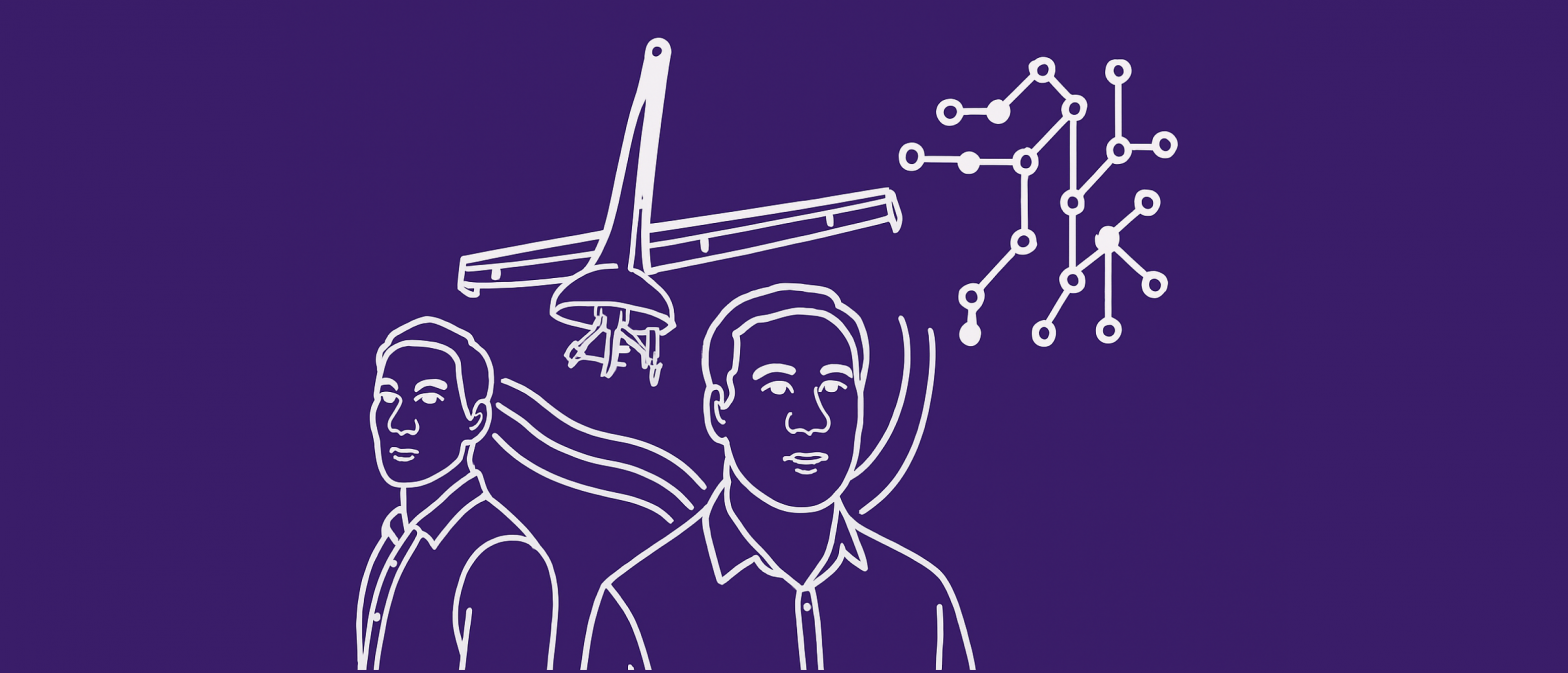Shield AI has flown to the forefront of defense tech with its novel autonomous systems and AI-powered drones. Now, fresh off a $240M funding round and a $5.3B valuation, the company is poised to scale its autonomy developer platform: Hivemind Enterprise.
So, how did Shield AI get here?
This milestone reflects the grit, ingenuity, and resilience of its cofounders— brothers Brandon and Ryan Tseng. Their path wasn’t easy, but perseverance propelled them past every obstacle.
Ryan launched his entrepreneurial journey with WiPower, a wireless power company acquired by Qualcomm in 2010. Later, he founded Kitchen Safe, a time-locked container to curb temptations— from snacks to screens. He even pitched it on Shark Tank, initially striking a deal with Lori Greiner and Nick Woodman (though it ultimately fell through).
Brandon took a different route— serving in the U.S. Navy as assistant chief engineer aboard the USS Pearl Harbor, and later as a Naval officer with a West Coast-based SEAL team. After completing his service, he applied to business school, with Ryan helping him navigate the transition. During interview prep, Brandon shared a bold thesis: artificial intelligence could enhance and automate critical military operations— and save lives.
His conviction sparked something in Ryan, who was between projects. Together, they agreed: this was a problem worth solving.
To bring their vision to life, the Tsengs recruited Andrew Reiter, a sensor fusion and perception engineer from Draper Laboratory. The founding team began fundraising, lining up 30 investor meetings. Few were interested.
Their first break came with Dorm Room Fund (DRF). The investment committee, led by Vesal Yazdi, took a close look. Internal notes revealed concerns about the company’s 20-minute drone battery life and the broader skepticism around defense tech. But DRF saw something different: the founders’ rare mix of technical, military, and entrepreneurial experience, a key tech license from Draper, and a top-tier team.
Still, 29 of the 30 investors passed. One offered $5M— but only if Shield AI pivoted to selfie-taking drones. It was the only offer on the table. Turning it down was agonizing. But as Reiter put it, “I’d rather go out of business trying to make mission impact than take this money.” Shield AI wasn’t backing down.
A year after DRF invested, the company hit a breaking point. With time running out, Ryan boarded an eight-hour bus ride from San Diego to Oakland to meet David Frankel at Founders Collective. If Frankel passed, it was game over. Ryan stayed late into dinner, making the case for the company. Fortunately, the meeting proved successful. Frankel later said he saw “greatness” in that conversation. The check came through.
Soon, other early skeptics began to reverse course. Notably, Andreessen Horowitz, once hesitant, led Shield AI’s Series A and has participated in every round since.
Building something audacious? Have a wild thesis and the grit to back it up? We backed the Tseng brothers when few others would. Maybe we’ll back you next.
Written by Head of Editorial Aaron Anandji.
For more updates, follow us on X, Medium, and our newsletter. Founders: apply for investment from us. 🚀
